Cities and Industry Overview
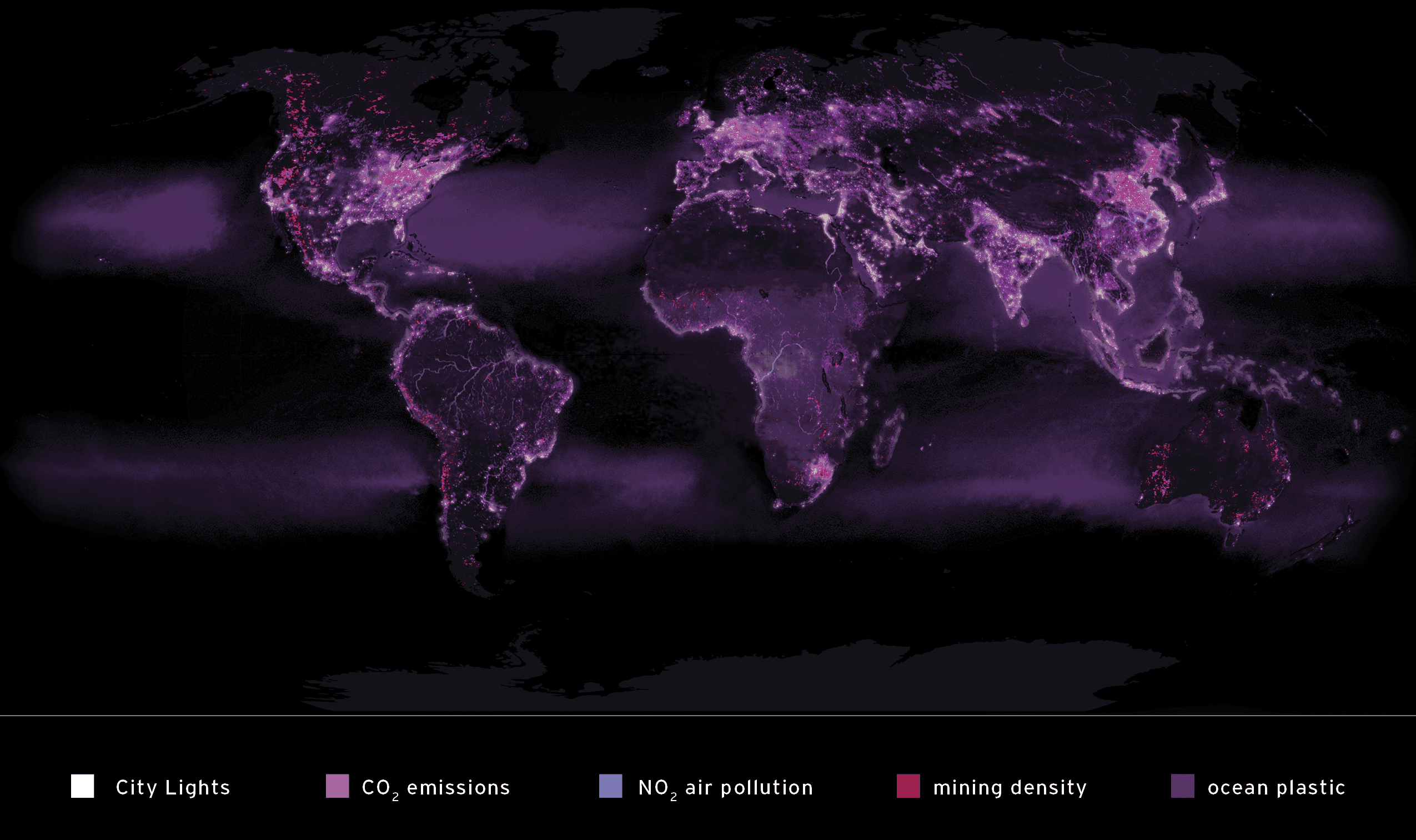
"CITIES CURRENTLY CONSUME TWO-THIRDS OF THE GLOBAL ENERGY SUPPLY AND GENERATE THREE QUARTERS OF THE WORLD'S GREENHOUSE-GAS EMISSIONS"
With more sustainable industry and denser but greener cities - working with nature and not against it - we can reduce greenhouse gas emissions and help protect against rising seas and extreme weather, making urban environments healthier, more biodiverse, and more resilient for everyone.
Linda Poon, Laura Millan, Lombrana and Sam Doge, "Cities Are Our Best Hope for Surviving Climate Change." Bloomberg Green. April 21, 2021.
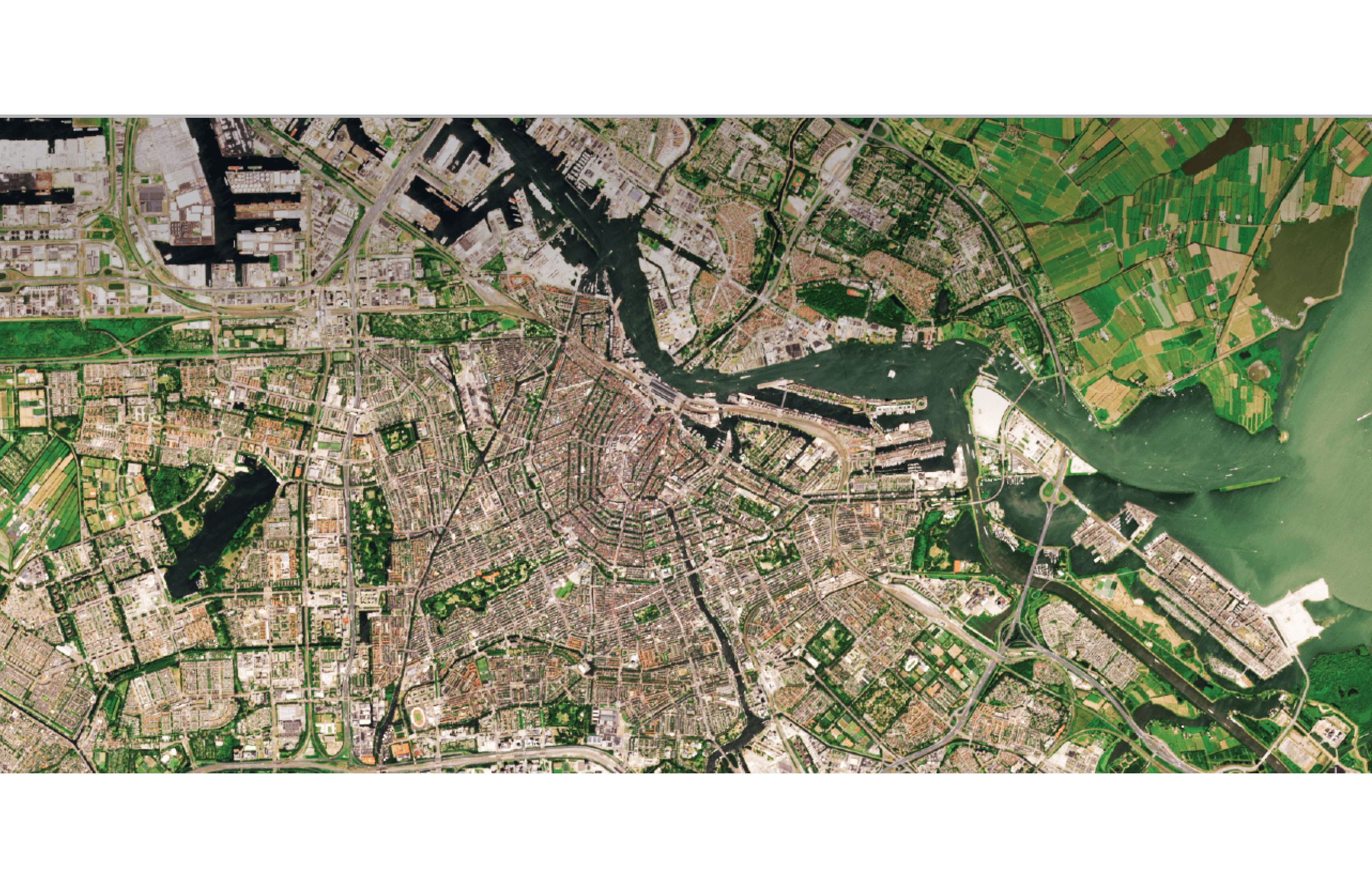
CITIES TAKE UP ONLY 3% OF GLOBAL LAND AREA, BUT ACCOUNT FOR MOST OF THE WORLD'S ENERGY USE, INDUSTRY, CONSUMER ACTIVITY, AND WASTE.
By rethinking where we live, how we live, what we buy and what we throw away, we could reduce annual greenhouse gas emissions up to 20%. And ff we transform the energy systems that power our cities and industry, we could reduce emissions up to 60%.
map sources: City Lights: Earth At Night, NASA. 2016; |Mining density: Sonter et al. 2020. Renewable energy production will exacerbate mining threats to biodiversity. . | CO2 emissions: Ou J, Liu X, Li X, Li M, Li W (2015) Evaluation of NPP-VIIRS Nighttime Light Data for Mapping Global Fossil Fuel Combustion CO2 Emissions... Fig. 1c global emissions map. | NO2 air pollution: T. Wagner, University of Heidelberg's Institute for Environmental Physics. European Space Agency. | Ocean Plastic: Eriksen M, Lebreton et al. (2014) Plastic Pollution in the World's Oceans... ; Sailing Seas of Plastic. Dumpmark Data Science. | Plastic Waste and River Inputs: Lebreton, L., Andrady, A. 2019. Future scenarios of global plastic waste generation and disposal.
IF WE ALL LIVED AT THE POPULATION DENSITY OF MANHATTAN...

HOW MUCH SPACE WOULD 8 BILLION PEOPLE TAKE UP?
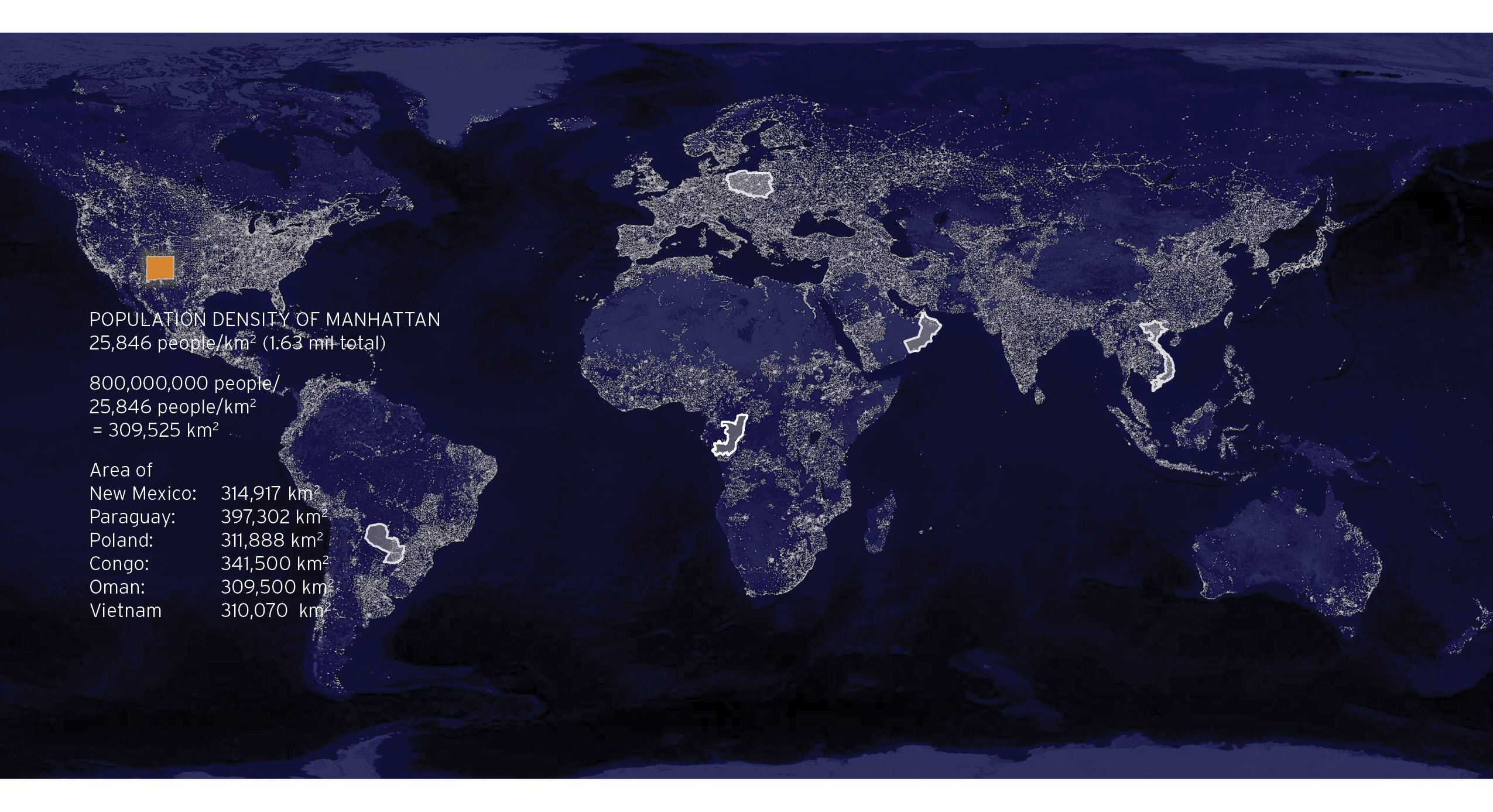
WE COULD ALL FIT INTO THE STATE OF NEW MEXICO.... OR THE COUNTRY OF PARAGUAY, POLAND, THE REPUBLIC OF CONGO, OMAN, OR VIETNAM.
IS THIS A QUESTION OF ONLY POPULATION, OR ALSO LAND-USE AND RESOURCE CONSUMPTION? CAN WE IMAGINE REARRANGING THE LIGHTS?
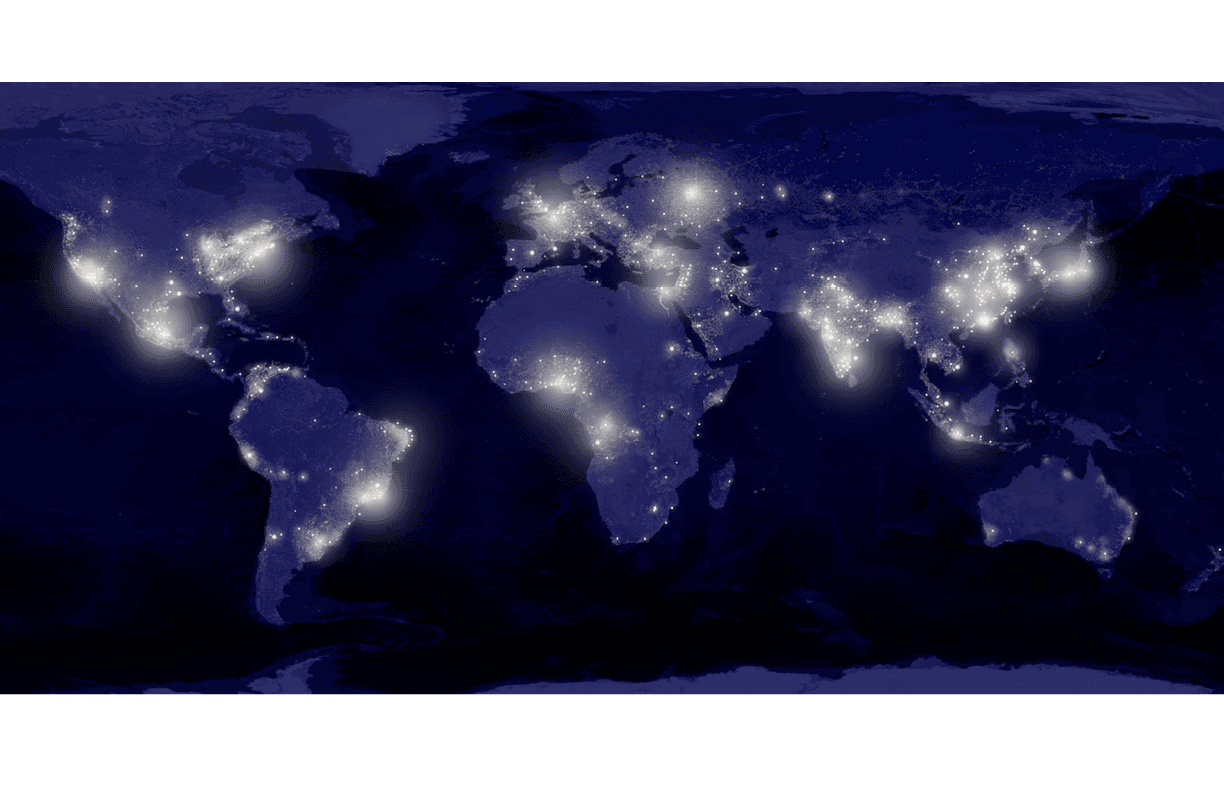
CAN WE ENVISION A MAP THAT SHOWS A FUTURE THAT BALANCES OUR NEEDS WITH THE NEEDS OF THE PLANET?
CAN WE RETHINK OUR PRIORITIES?
IF EVERYONE CONSUMED LIKE AN AVERAGE AMERICAN..
EARTH'S RESOURCES WOULD ONLY BE ENOUGH TO SUPPLY 20% OF THE WORLD'S POPULATION.
Satellite image from NASA, photo illustration by What Is Missing? Foundation | Infographic Sources: FAO 2008; WHO 2010; US Census Bureau 2010; National Sample Survey Organization 2008; Water Footprint Network 2011; Experian Simmons 2011; Eurostat 2011; Euromonitor International 2012; McKinsey Global Institute 2008; WTM Global Trends Report 2012; World Bank 2013; European Environment Agency 2008; US EIA 2011 | Consuming like an American - Global Footprint Network
HOW MANY PLANETS WOULD WE NEED?
IF 8 BILLION PEOPLE CONSUMED RESOURCES LIKE...
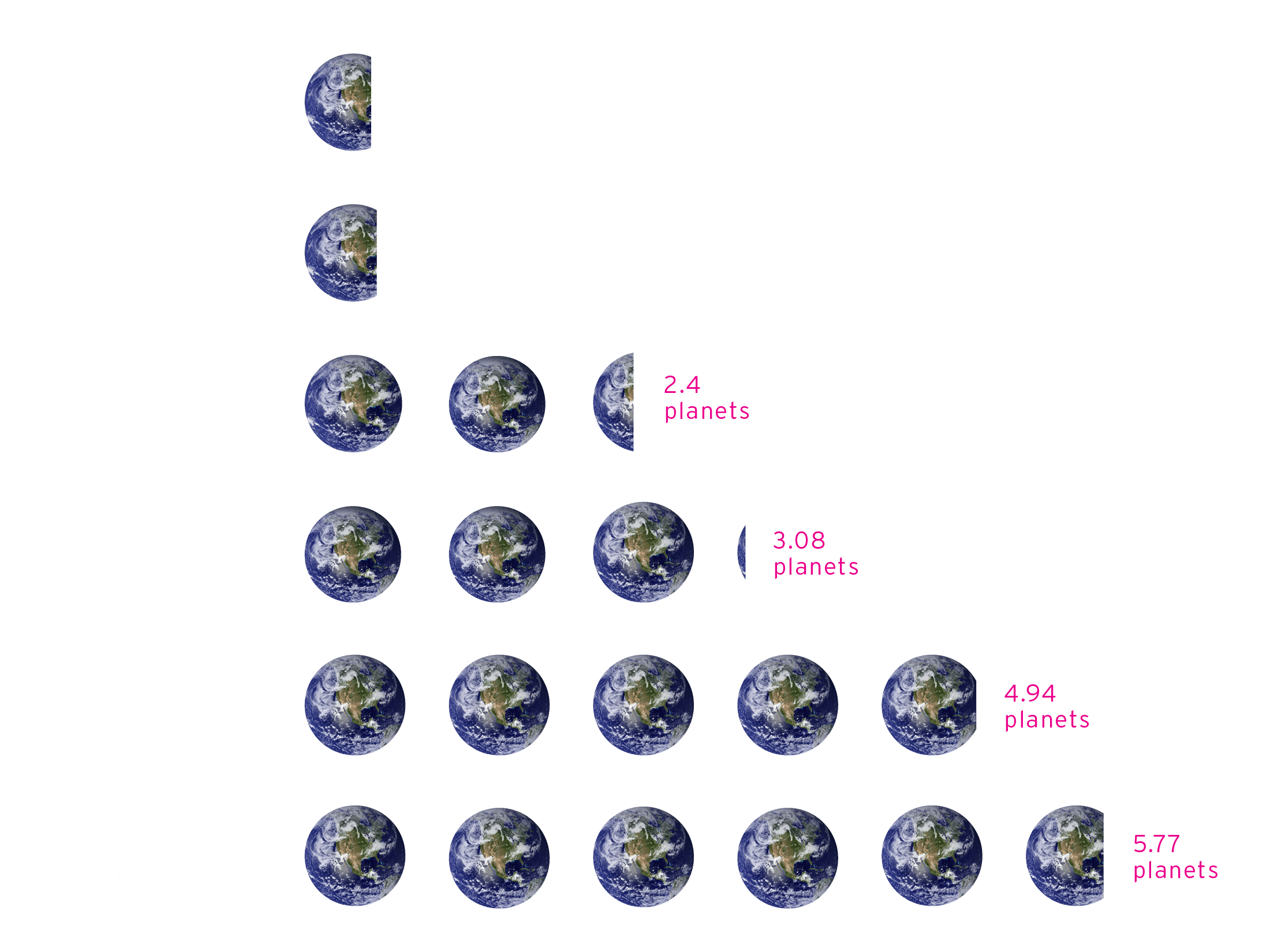
HOW MANY PEOPLE COULD LIVE ON THE PLANET?
IF WE CONSUMED LIKE AN AVERAGE PERSON IN ...
"GLOBAL MATERIAL EXTRACTION HAS MORE THAN TRIPLED SINCE 1970... AND IS PROJECTED TO DOUBLE AGAIN BY 2050."
"This increased material consumption has contributed to economic development and rising living standards, but has also become a root cause of the triple planetary crisis (climate change, biodiversity loss and pollution) the world is facing today. "
Sources: Infographics - Global Footprint Network; Accounting for Demand and Supply of the Biosphere’s Regenerative Capacity; World Wildlife Foundation; Population Matters. Biocapacity Ecofootprint. | Material Extraction - Wang, K., M. Costanza- van den Belt, G. Heath, J. Walzberg, T. Curtis, J. Barrie, P. Schroder, L. Lazer, and J. C. Altamirano. 2022. “Circular economy as a climate strategy: current knowledge and calls-to- action.” Working Paper. Washington, DC: World Resources Institute.

EVERY SECOND 310 KG OF TOXIC CHEMICALS ARE RELEASED INTO OUR AIR, LAND, AND WATER BY INDUSTRIAL FACILITIES AROUND THE WORLD.
This amounts to around 10 million tons each year, around 20% of which are recognized carcinogens.
Before mining can begin, the land is cleared, vegetation is burned and destroyed, and wildlife either moves on or dies. The land of the site is re-configured which causes rain and subsequent ground water to be diverted. As equipment is sunk and the ground hollowed out, chemicals such as cyanide, mercury, methyl-mercury and arsenic run off into streams, creeks, rivers, and lakes.
Source: United Nations Environment Program. / Image Source: Coppi, John, CSIRO. “Soil pollution at the Brukunga Pyrites Mine.” 26 July 2007. livescience.com. FAO. Science.
GLOBAL ANNUAL PRODUCTION OF INDUSTRIAL MATERIALS
WHAT IF WE COULD REDUCE, REUSE, AND RECYCLE GOODS AND MATERIALS, RATHER THAN MAKE MORE WASTE?
"A circular economy approach could reduce global CO2e emissions from key industry materials by 40% or 3.7 billion tonnes in 2050."
eliminating waste: 0.9 billion tonnes CO2e /year
reusing products and components: 1.1 billion tonnes CO2e /year
recirculating material (recycling): 1.7 billion tonnes CO2 /year
Sources: Circular Economy Emissions Reduction Potential - "Completing the picture: How the circular economy tackles climate change." Ellen Macarthur Foundation. Material Economics. | Industrial Materials Infographic-The Economist. Stanford. www.grrn.org. http://www.bir.org/. Reuters. http://geology.com/. Columbia. www.molycorp.com. worldwatch.org. kab.org. LiveScience. RecycleNow. timeforchange.org. http://www3.epa.gov/warm/pdfs/Glass.pdf
SOURCES OF RAW MATERIALS
IF WE RECYCLED ALL MINED MATERIALS WE COULD...
reduce emissions
reduce air and water pollution
reduce the loss of biodiversity associated with habitat loss
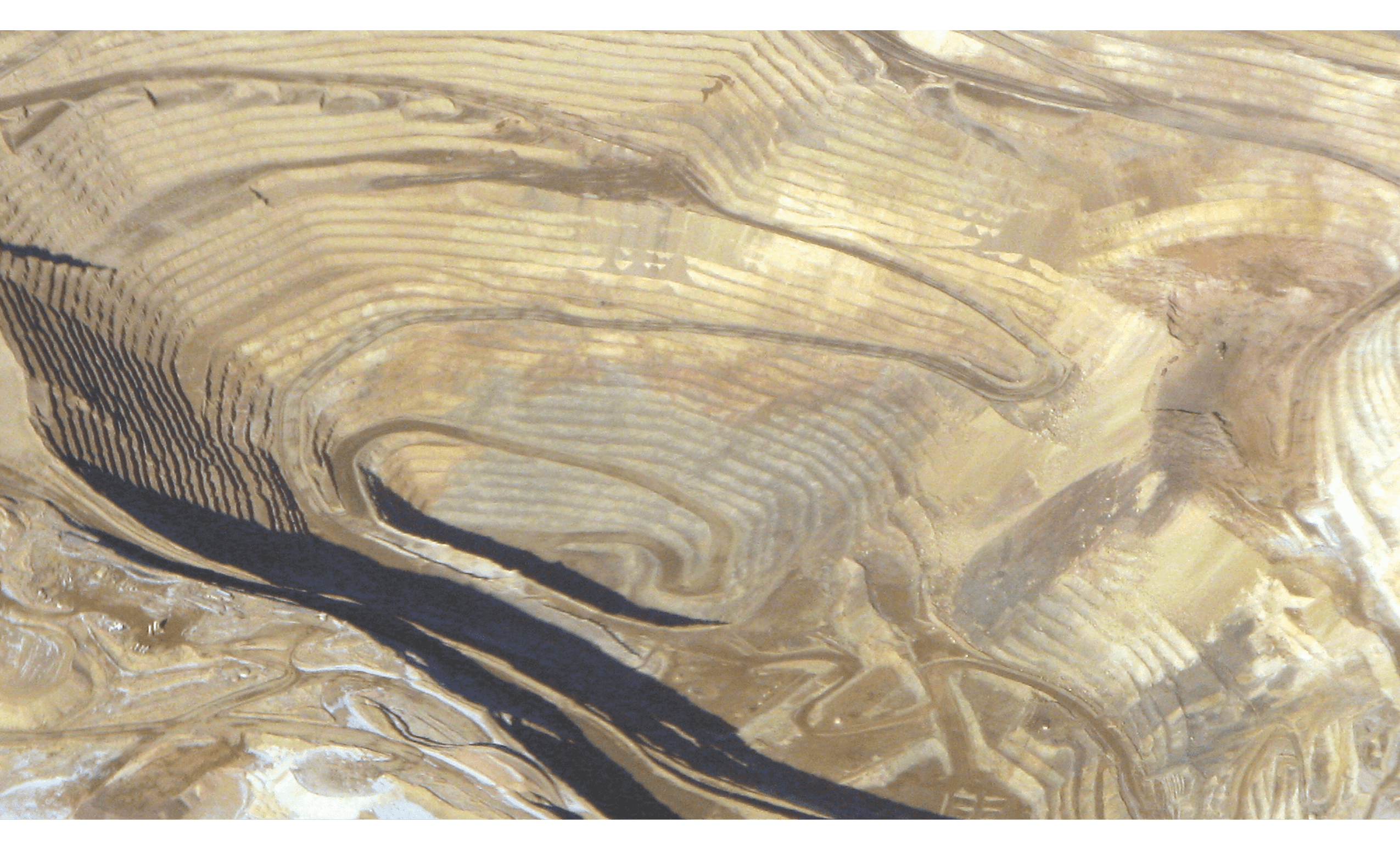
"NINETY PERCENT OF TERRESTRIAL BIODIVERSITY LOSS AND WATER STRESS ARE CAUSED BY MATERIAL RESOURCE EXTRACTION AND PROCESSING."
"Reducing the demand for virgin materials will decrease pressure on natural ecosystems, which might otherwise be damaged by extractive processes such as mining or industrial forestry and agriculture. This enables those natural areas to contribute to both climate mitigation (through carbon sequestration) and adaptation (through ecosystem services such as mangroves protecting against flooding or forests regulating temperatures), as well as safeguarding biodiversity, local heritage and land-based livelihoods."
Source: Wang, K., M. Costanza- van den Belt, G. Heath, J. Walzberg, T. Curtis, J. Barrie, P. Schroder, L. Lazer, and J. C. Altamirano. 2022. “Circular economy as a climate strategy: current knowledge and calls-to- action.” Working Paper. Washington, DC: World Resources Institute.
Next solution



Learn about Maya Lin’s fifth and final memorial: a multi-platform science based artwork that presents an ecological history of our world - past, present, and future.

Discover ecological histories and stories of former abundance, loss, and recovery on the map of memory.

Learn how we can reduce our emissions and protect and restore species and habitats – around the world.

See how art can help us rethink the problems we face, and give us hope that each one of us can make a difference.

Help make a global memorial something personal and close to home. Share your stories of the natural world.